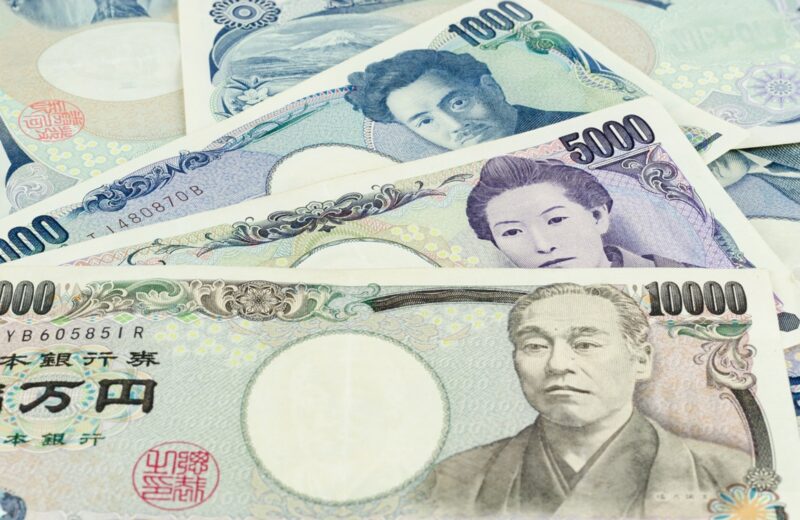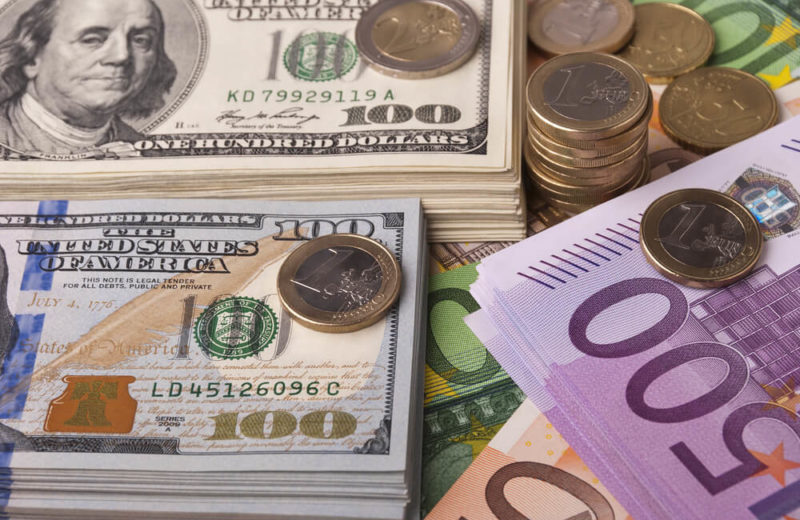Let’s check the market. Against the Swiss franc, the yen, and the pound, the United States dollar made gains. Similar made the risk-sensitive currencies such as the Australian and New Zealand dollars before easing slightly.
The United States dollar turned slightly negative against the yen to 108.80. Nevertheless, against the franc, the greenback was at 0.9707, and against the pound, it stood flat at $1.2345.
The rating agency S&P cut the outlook for its sovereign AAA rating from the stable to negative. Thus, the Australian dollar fell 0.6% in early European trading. It turned positive and clawed back losses on the day.
Nevertheless, some of the analysts started to look at the potentially harmful long-term implications for the United States dollar. It is because of the United States and Washington Federal Reserve of the extraordinary measures of stimulus for lessening the economic damage caused by the pandemic.
Derek Halpenny works at the MUFG.
The United States
He said that in case you assume that COVID-19 will finish by the end of the ear, then in 2021, they will have balance sheet expansion, the supply of the United States dollars through other measures, and fiscal deficits. For a weaker United States dollar, it is a solid background, adds MUFG’s Derek Halpenny.
Moreover, giving up slightly some of its earlier advances, the dollar edged up 0.1% to 100.050 against a basket of currencies.
A Reuters tally is showing around 1.4 million infections and 81,451 coronavirus-related deaths. Boris Johnson, British Prime Minister, has a virus and remains in intensive care. Nevertheless, his condition is stable.
Moreover, there are signs of a plateau in hospitalizations in New York. Meanwhile, several European countries plant to begin easing their lockdowns because fatalities are declining.
Wuhan is a Chinese city where the coronavirus emerged initially. On Wednesday, there ended a two-month lockdown. Nevertheless, fears over a second wave of infections remain.
It is the leading news of the day.















